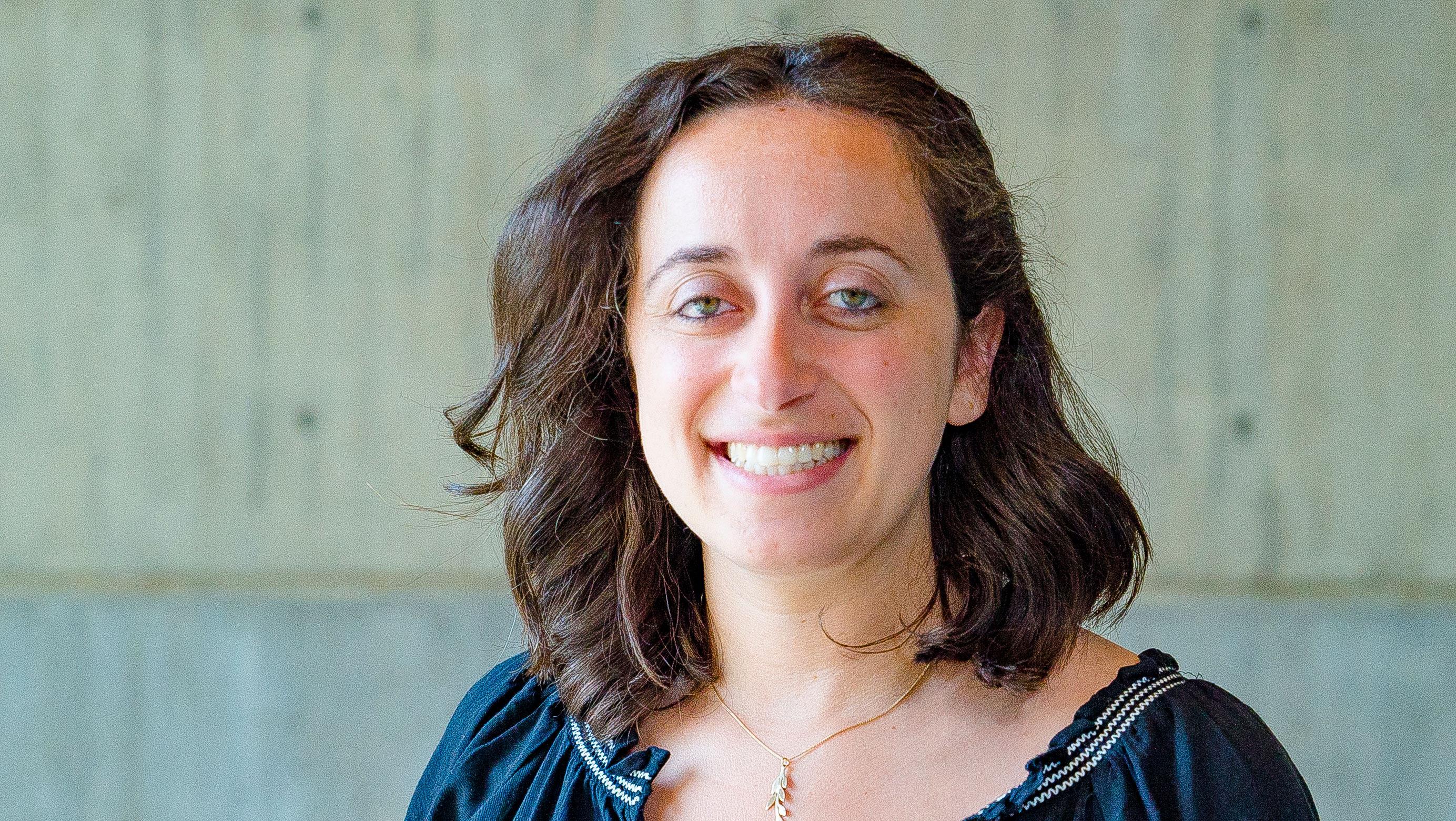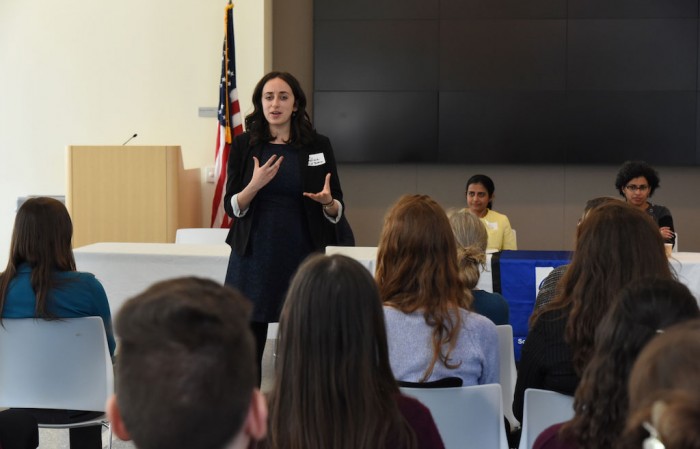
Preparing at the municipal and state levels for the effects of climate change is no simple task. It’s more than infrastructure, more than mitigation, more than the technical challenges of protecting a waterfront city from impending sea-level rise.
“You’re really looking at issues of equity and community and social resilience, how communities and cities are developing and moving in a positive and sustainable direction,” says Mia (Goldwasser) Mans-field, MCP ’15, director of climate adaptation and resilience in Massachusetts’s Executive Office of Energy and Environmental Affairs (EEA). “The urgency of climate change is, on the one hand, the biggest and scariest thing of our lifetimes—but also, on the other hand, this huge opportunity to really rethink how cities and communities are functioning,” she says.

Nature-based solutions meant to enhance as well as protect communities top her priority list. Mansfield came to the EEA in early 2019 from a job as program director of Climate Ready Boston, where she helped plan the Resilient Boston Harbor initiative. This series of projects aims to revitalize, elevate, and link green spaces around Boston Harbor to protect neighborhoods from flooding, while making these parklands more accessible and improving quality of life for residents.
Growing up in New Orleans, Mansfield saw firsthand how devastating weather can be to a community. She was packing for Brandeis University, where she would major in environmental studies, when Hurricane Katrina hit. The disaster’s aftermath solidified her desire for a career that helped address climate change.
Mansfield enjoys fitting elements of climate adaptation together to find the best solution for any given community. In late 2018, Massachusetts governor Charlie Baker signed legislation authorizing $2.4 billion for climate-change preparations. Mansfield works with town and city administrations statewide through the Municipal Vulnerability Preparedness program to help determine the most effective uses for that money. Half the municipalities have already committed to new preparedness actions, including improved zoning and development standards, green infrastructure solutions, and public outreach.
“Our challenge in the EEA is how to move the practice of the state forward on adaptation and resilience,” she says. “How are we ensuring that anything that’s being built or invested in or maintained across the state is looking ahead to climate impacts?”
Mansfield is proud to work with a state government that is “taking on climate change so seriously and in a nonpartisan way.” As she puts it, “This is the role of government—to protect people and communities now, and look to the future to ensure that we’re all able to grow and thrive.”
Keep Reading
Most Popular
Large language models can do jaw-dropping things. But nobody knows exactly why.
And that's a problem. Figuring it out is one of the biggest scientific puzzles of our time and a crucial step towards controlling more powerful future models.
The problem with plug-in hybrids? Their drivers.
Plug-in hybrids are often sold as a transition to EVs, but new data from Europe shows we’re still underestimating the emissions they produce.
Google DeepMind’s new generative model makes Super Mario–like games from scratch
Genie learns how to control games by watching hours and hours of video. It could help train next-gen robots too.
How scientists traced a mysterious covid case back to six toilets
When wastewater surveillance turns into a hunt for a single infected individual, the ethics get tricky.
Stay connected
Get the latest updates from
MIT Technology Review
Discover special offers, top stories, upcoming events, and more.